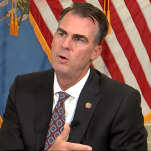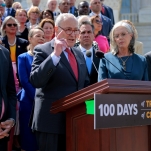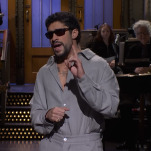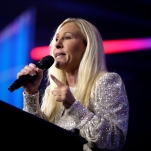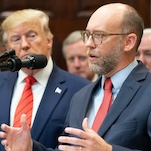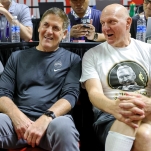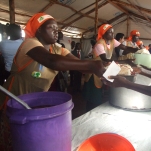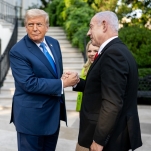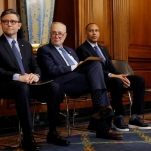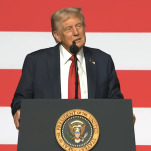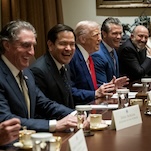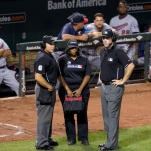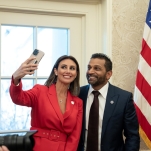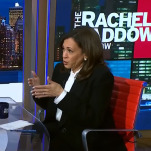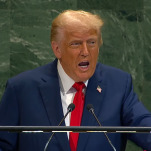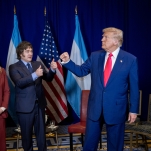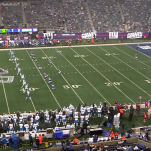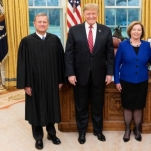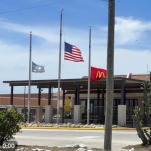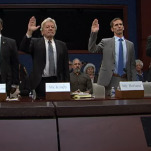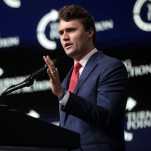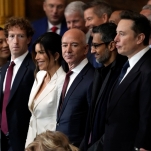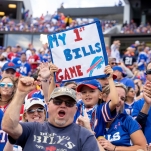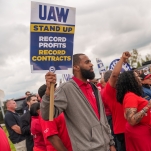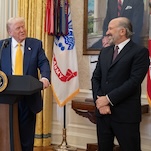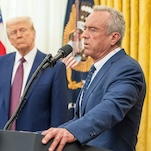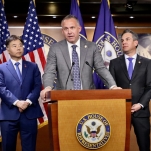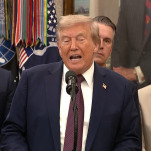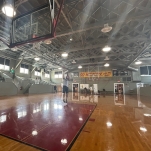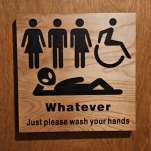Op-Ed: Fighting Against 'Pay to Play' Sports
Darryl Hill, who in the early 1960s became the first African-American to play for the Naval Academy and later the first to play in the ACC, thinks it’s a travesty that more youngsters don’t play sports, especially given the rate of childhood obesity across America and the proven long-term benefits of athletics and competition.
Last January, Hill, 69, established Kids Play USA, based in Laurel, Md. On the foundation’s website, which features plentiful statistics on the benefits of sports, he say, “Fifty years ago, I fought to eliminate racial discrimination in college athletics so that all young people could have an opportunity to play varsity sports at any college or university. Now … I am working to eliminate economic discrimination in youth sports so that all children can have an opportunity to play for any organized youth or school team.”
This week, the Maryland State House honored Hill, a standout wide receiver for the University of Maryland, as a barrier-breaker and an advocate for youth sports. Said House Speaker Michael Busch, “Darryl Hill is to Southern college football what Jackie Robinson is to baseball.”
This interview, conducted by Jody Brannon, has been edited for length and clarity.
It came to my attention a couple of years ago from a business colleague of mine in Loudoun County, Va., that a couple of friends of her teenage son had not been able to play on his baseball team because they couldn’t afford to pay the fees. I said, “What do you mean?” So I started looking into that, and I found out youth sports are so commercialized these days that a large portion of young kids aren’t playing.
Sports is becoming an economic meritocracy. Once, it was how athletic the kid was or how much effort they put in, but now it’s economic. The kid whose daddy can write the check gets to play. We want to make it so any kid can play. Our main sports are baseball, and softball, boys’ and girls’ lacrosse, soccer, field hockey, wrestling, and football, and maybe track and field. Basically kids 8 to 14 are at the heart of our target, though we can go a bit younger or older.
I strongly, strongly oppose the notion that African-Americans or low-income kids don’t play because they don’t like it. I think children will play any game in any sport, given an opportunity to play. They don’t play because they can’t afford to play.
I think sports are an integral part of our society, not only to the individuals who play but to the community in which they live. Sports brings kids together, it breeds understanding and racial balance. And then the young people who play are typically just better citizens top to bottom—less likely to drop out of school, do drugs, get pregnant, be touched by the law. One of the most startling statistics I’ve read is a study of female executives in Fortune 500 top companies [in which] upward of 90 percent had played high school sports, which speaks volumes on what sports do.
Sports teach people camaraderie, time management, winning and losing, balance, and teamwork, and patience, being more assertive, more aggressive. The list goes on and on.
-

-

-

-

-

-

-

-

-

-

-

-

-

-

-

-

-

-

-

-

-

-

-

-

-

-

-

-

-

-

-

-

-

-

-

-

-

-

-

-

-

-

-

-

-

-

-

-

-

-

-

-

-

-

-

-

-

-

-

-

-

-

-

-

-

-

-

-

-

-

-

-

-

-

-

-

-

-

-

-

-

-

-

-

-

-

-

-

-

-

-

-

-

-

-

-

-

-

-

-

-

-

-

-

-

-

-

-






